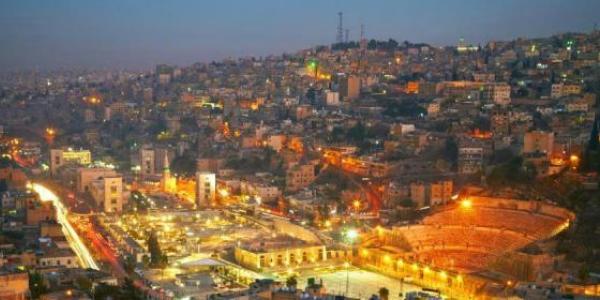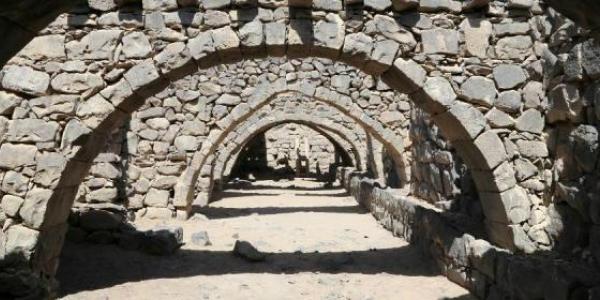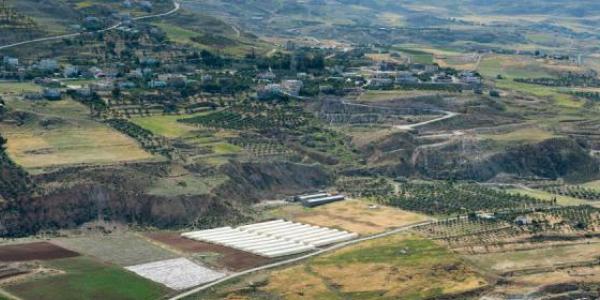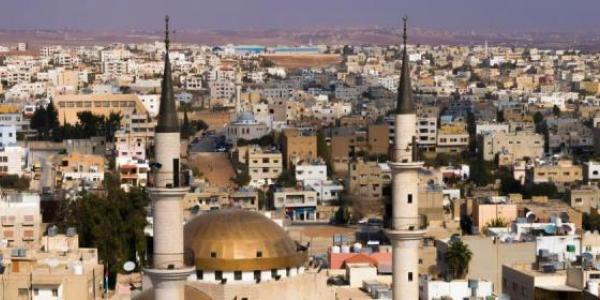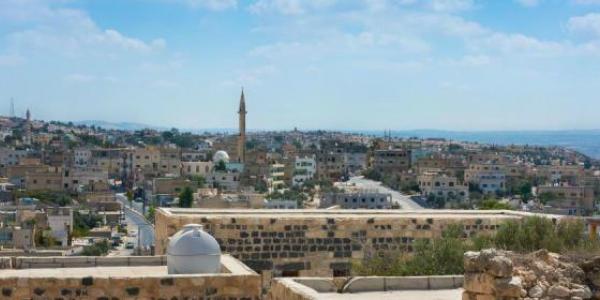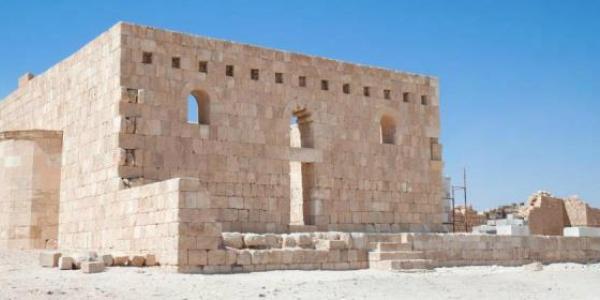Umayyad and Modern Arab Food. Gastronomy in Jordan
A wide variety of Arab foods are available so as to satisfy every palette of the gastronomists. Historically many modern dishes go back to early Islam when the most famous dish was the Tharid, which was a favourite of the Prophet. Simply it is bread crumbs soaked with meat broth, and it is eaten by hand. Many different recipes for Tharid have been described over the years including some coming from Umayyad times. Currently the most popular dish in Jordan Mansaf can be considered the descendant of the early dish. In general rather than going to detailed recipes of Umayyad or contemporary Abbasid food, one can summarize general characteristics of recipes of these periods, noting that many of the sweet and sour dishes are no longer cooked in the Arab World. Currently sugar sweetened meats are mostly known in the Maghreb countries of Morocco, Tunisia and Algeria. Generally one notes in Umayyad foods the following:
For a wide selection of recipes and history of Umayyad and Abassid foods, three important references can be cited:
The above references and probably others including those dealing with Ottoman kitchens can be experimented with to offer the tourist an opportunity to sample some Umayyad or Islamic dishes. We believe that would enhance the tourist experience giving him/her an added sense of history and tradition.
Coming to a description of some of the more common dishes in Jordan, three groups are recognized: Vegetarian, Non vegetarian dishes, and deserts.
Vegetarian dishes
Most prominent on the list of vegetarian dishes is the Meza. This is an assortment of vegetable dishes served as hors d’oeuvre before the main course which is usually mixed grills or charcoal barbeques. Although some of the mezza dishes are made of sausages and Kubbeh (minced meat with boiled cracked wheat, which is eaten raw, fried, or roasted), salads such as Tabbouleh (mostly parsley and cracked wheat), ordinary salad with lemon and olive oil dressing, Hommos (boiled chickpeas with sesame paste with water and lemon, crushed into a thick consistency), Mutabbal (roasted aubergines crushed with sesame paste) and Falafel (Chickpeas, fava beans, bread crumbs and other cereals crushed and pasted with water, then fried in oil) are most common. In all a Mezza can be ordered to include ten to twenty side dishes.
Lentil is the basis of Mujaddarah which a rice and lentil mix steamed in the same manner as one would for rice. The mix is eaten with an olive oil salad as well as fried onion chunks. Lentil also makes a delicious soup. On the other hand Freekeh is made out of green wheat stokes that have been roasted on an open fire. The cooked grains are separated and dried. They make a great soup but can also be cooked as rice and normally eaten alone or with chicken. Wheat is also crushed into a rough grain which can be cooked as rice. This is known as Jareesh. Similarly boiled wheat is often crushed into a rough consistency known as Burghul, another rice substitute.
Many vegetables are fried or roasted in an oven to form delicious side dishes. Notably Gallayet Bandora is made of tomatoes cooked in a small amount of oil with onions and sometimes eggs or even meat.
Non Vegetarian Dishes
Lamb is the most popular meat in Jordan. Chicken and to a lesser extent fish constitutes ingredients for some vey delicious meals. The most popular dish in Jordan is Mansaf. This is made out of medium to large chunks of lamb with its bone. The meat is cooked in a Jamid water suspension. Jamid is made of yogurt which has been shaken until all the butter is separated and the fatless liquid and salted and dried into solid shunks. Cooking requires that the solid is rubbed in warm water until a liquid suspension is obtained. Normally a whole lamb is cooked for Mansaf. A large tray is used to serve. First, thin bread known as Shrak is laid and a heap of rice follows. The lamb is placed on top and almonds and pine seeds, fried to golden brown are added as garnish. The sauce from the lamb is added copiously, and the meal is eaten with the right hand only. Mansaf is thus a descendant of the Tharid. Sometimes the rice is either replaced with Jareesh or plain bread.
Another descendant of the Tharid is Taboun Bread (villagers’ oven) sauced with Jamid. Tomatoes and onions cooked in Jamid may be added to the bread. Samneh (chiurned lamb butter) is added copiously to the tray and the whole is eaten by hand. In another recipe, chicken is cooked with the Jamid.
Many grilled meals are eaten during spring using spring lambs, and chicken. Normally the barbeque uses open charcoal fire. Sometimes Zarb is served. This is a whole lamb cut into medium to large pieces, covered in aluminium foil, which may be covered with mud to keep the steam inside. The meat is covered in open ember fire pits, or placed in a barrel surrounded by burning embers. Cooking takes about an hour at the most.
Meats are also cooked with rice as Makloubeh in many forms. Each meal would have a vegetable cooked with the meat rice mix. Aubergine, Cauli flower, onions, fava beans are common constituents of Makloubeh. Another popular dish is Warak Dawali, a minced meat and rice mix with some butter stuffed in vine leaves, zucchini and aubergine. Similarly cabbage leaves can be sued and the dish is known as Yakhnet Malfouf. Meat Soups and stews are also very common and are prepared with a wide variety of vegetables. The stews are always eaten with rice.
Sweets
Many sweets in Jordan and Bilad al-Sham use perfumed sugar syrup with pastries. Of these Kunafah made of white cheese and special pastry is the most important. Baklawa and Burma are pastries that are full of pistachio and are similarly sweetened. Fried dough such as Awwamah and Asabe’ Zeinab also use the syrup. Halawa is a mix of sesame paste and sugar, garnished with pistacio and wallnuts. Dried fruits and jams are also very common.



